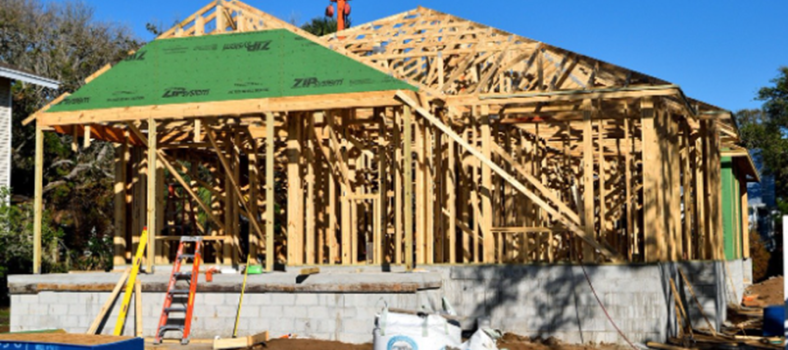6 Common Plumbing Emergencies And How To Solve Them
One of the most inconvenient elements of property ownership is plumbing crises. Not only are they inconvenient, but they also put your home in danger of structural damage. By preparing ahead and knowing how to respond to plumbing issues, you can avoid having it ruin your day.
The following are the most common plumbing emergencies and how to fix them:
- Leaky Faucets
Dripping faucets are so widespread that it’s hard to find someone who hasn’t dealt with one. Water waste isn’t only inconvenient; it may also lead to an increase in your water bill and financial loss. Every year, a single faucet can waste hundreds of gallons of water. Internal washers that have stiffened, fractured, worn, or detached over time are a common cause of leaking faucets. In this instance, a person with basic do-it-yourself skills and materials can usually fix the problem.
You have to turn off the leaking faucet’s water supply, remove the tap, replace the broken washer, and then reassemble the faucet. If the water continues to leak, it’s now time to hire professionals like Ezy-Plumb Emergency Plumbers and similar plumbing experts to help you fix the problem.
- Overflowing Toilets
Regardless of whether your toilet is clogged or has a defective float mechanism, the first step is to turn off the water supply. The water valve is at the bottom of the water line on the side of the toilet and should be turned counter-clockwise.
You can fix the mechanical failure or obstruction once the toilet water is turned off. Unclogging a toilet is as simple as applying vertical pressure with a plunger. An auger, which you can use to fish out debris impeding the flow of water, may be required for more severe clogs. Re-twist the water valve and reset the float device once you’ve removed the debris.
- Cold Water
You may have a problem with your water heater if the water doesn’t heat up. Gas and electric water heaters are the two most common types. If you’re not sure what kind of water heater you have, look for a few cords that lead to a small module on the side of the unit. You have an electric water heater if you see cords.
If your water heater is gas-powered, a pipe or hose will link it to a small module. You can start troubleshooting after getting this information. To re-establish hot water in your home, you may only need to change the thermostat on your heater. It’s an easy fix that gets neglected all too often. Look for misplaced wiring or a severed gas line as well.
- Poor Water Pressure
If your water trickles instead of flowing from the faucet, it could be a sign of low water pressure. In older homes, this is a common occurrence. Low water pressure can result from various factors, the most common of which are leaking pipes that have been cracked, aged, or corroded over time.
If your shower has low water pressure, the aerators are most likely clogged with silt and mineral deposits. To clean the aerator, immerse it in vinegar. If the shower is the source of the problem, soak it in vinegar or replace it entirely.
- Sewage System Backup
If your sewer line becomes clogged, sewage may pour into your shower. It’s possible that water will seep below the toilet or that the toilets will become unusable. To alleviate the situation until expert help arrives, locate the cleanout outside your home.
You can occasionally prevent the garbage from being forced into your home by removing the cover from the cleanout due to the pressure on the line. While sewage pumped into your yard by pressure may cause a nuisance, it’s far preferable to having it in your house.
- Sump Pump Failure
A sump pump can fail due to blocked drainage pipes, dislodged switches, pump burnout, or defective parts. Remove the screen if the sump pump isn’t working to ensure dirt isn’t obstructing impeller action.
If your pump’s impeller is clear, it’s possible that it’s not getting enough current or that the float switch is broken. The pump may be shutting down due to thermal overload if it’s been running for a long time. If the parts are damaged, it’s best to seek help from professionals.
Takeaway
If you have one of these typical plumbing crises in your house, act swiftly and seek help from the right experts if the damage is beyond repair. Don’t be alarmed, and always check to see whether you can solve the problem independently or if you need professional assistance.






No Comment